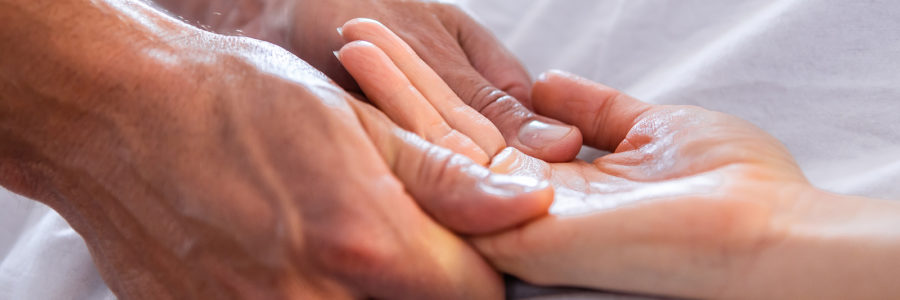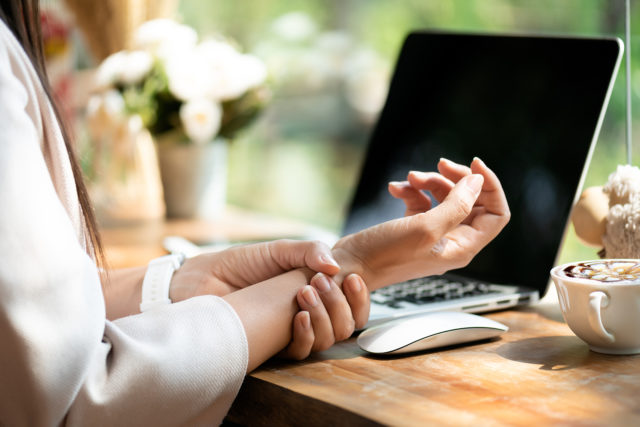 Massage therapy is an effect treatment for carpal tunnel syndrome. Carpal tunnel syndrome is a condition caused by a pinched median nerve in the wrist. It’s associated with pain, tingling, numbness, or weakness in the hand and wrist. The carpal tunnel is a narrow canal in the wrist. The bottom and sides of the tunnel are formed by small bones called carpal bones. The top of the tunnel is a strong band of transverse carpal ligament, which holds the all components together.
Massage therapy is an effect treatment for carpal tunnel syndrome. Carpal tunnel syndrome is a condition caused by a pinched median nerve in the wrist. It’s associated with pain, tingling, numbness, or weakness in the hand and wrist. The carpal tunnel is a narrow canal in the wrist. The bottom and sides of the tunnel are formed by small bones called carpal bones. The top of the tunnel is a strong band of transverse carpal ligament, which holds the all components together.
Inside the tunnel are the median nerve and tendons. Tendons are rope-like structures that connect bones in the hand to muscles in the forearm. They also allow the thumb and fingers to bend. The median nerve runs down the arm and forearm and passes through the carpal tunnel into the palm of the hand. It provides sensation to the fingers (except the little finger). It also adds strength to some small muscles at the base of the thumb and index finger.
When the ligament thickens or tendons swell, the space in the tunnel decreases and the median nerve becomes compressed, exerting excessive pressure on the median nerve.
Symptoms of Carpal Tunnel Syndrome
Carpal tunnel syndrome symptoms include:
- Tingling, burning, or itching in the palm and fingers, especially the thumb, middle, and index fingers
- Occasional shock-like sensation that moves up into the fingers
- Pain and tingling traveling up the forearm toward the shoulder
- A swollen feeling in the fingers
- Decreased feeling in the fingertips
- Occasional hand weakness and loss of coordination
- Weakness and clumsiness in the hand, which may make it difficult to use the hand for small tasks such as writing, or buttoning a shirt
- Dropping objects due to numbness, weakness, or loss of proprioception
Symptoms of carpal tunnel syndrome begin suddenly or gradually- without a specific injury. In fact, many people find that symptoms come and go at first, and usually affected by excessive use of the hand. As the condition worsens and the pressure on the nerve becomes greater, symptoms may become more frequent or may persist for longer periods of time.
It’s common for people to experience nighttime symptoms because many sleep with their wrists bent. In the morning, a person may wake up with tingling or numbness in their hands. They may not notice the problem at all during the day, but symptoms often flare up when holding something with the wrist bent, such as when reading a book, using a phone, or driving. Many patients find that moving or shaking the hands can relieve the symptoms in the early stages of the condition.
Causes of Carpal Tunnel Syndrome
Carpal tunnel syndrome is often caused by a combination of factors that irritate or squeeze the median nerve. Possible contributing factors include:
- Activities that involve highly repetitive wrist or finger motions, like typing, farming, or knitting. Repetitive motions may aggravate the tendons in the wrist, causing swelling that exerts pressure on the nerve. This usually happens when the hands are lower than the wrists
- Trauma or injury to the wrist, such as sprain or fracture. This may break one or more of the carpal bones, cause swelling, or deform the small bones in the wrist
- Arthritis-related diseases, especially if there is swelling of the wrist joint, tendons, and tissues in the carpal tunnel
- Work that involves heavy use of the wrist
- Mechanical problems in the wrist joint
- Hormonal changes and fluid retention caused by pregnancy or menopause
- Repeated use of vibrating hand tools or instruments that require forceful gripping and put pressure at the base of the palm
- Heredity
- Health conditions such as diabetes, amyloidosis, kidney failure, lymphedema, menopause, an underactive thyroid gland, or an overactive pituitary gland
Massage Therapy for Carpal Tunnel Syndrome
Massage therapy is a non-invasive and effective treatment for carpal tunnel syndrome. It helps relieve the symptoms of carpal tunnel syndrome by reducing swelling in the muscles caused by damage or overextension in the work environment. It also works by breaking down scar tissue, and softening and lengthening muscles and fascia of the shoulder, neck, elbow, wrist, hand, forearm, and upper arm.
During a massage session, the therapist will use deep tissue work to stimulate trigger points, release adhesions, and reduce the tension in the soft tissues of the arm, shoulder, hand, and wrist. This involves bringing the arm and shoulder out of internal rotation or incorporating myofascial cupping to reduce muscle tension.
By massaging and stretching tendons in the arm and wrist, a massage therapist can help restore full flexibility of the arm and reduce the pressure the tendons are putting on the median nerve. This in turn reduces the inflammation, pain, and numbness associated with carpal tunnel syndrome.
The number of massage sessions it takes for a patient with carpal tunnel syndrome to find relief will vary depending on how severe the problem is. Most clients experience some level of relief after the first session but for others, it may take three to five sessions or more to get long-term results.
Learn Advanced Massage Therapy Techniques from the Experts
While massage therapy is effective in treating carpal tunnel syndrome, it must be done right to get the expected results. If you’d like to expand your knowledge and skills in massage therapy, enroll in one of Seattle’s best massage therapy schools to learn therapeutic massage therapy protocols. You’ll learn massage theories and practices, anatomy and physiology, pathology, kinesiology, and much more. This will equip you with the skills you’ll need to provide care for individuals who’ve been affected by carpal tunnel syndrome and other similar ailments.
Another option for massage therapy schools in Seattle is our sister school Seattle Clinical Massage School
Contact us today to speak with one of our enrollment specialists.
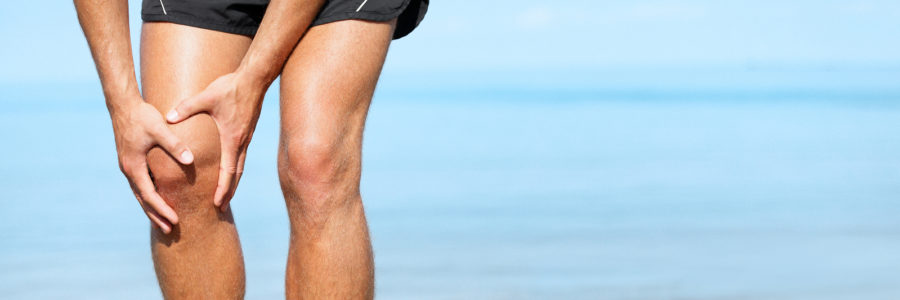
Anterior Cruciate Ligament Tears
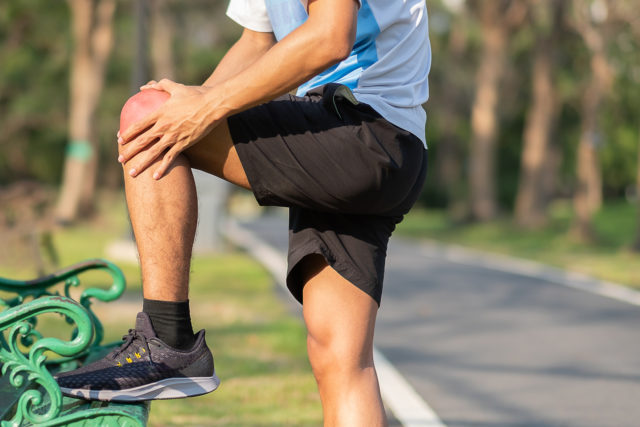 An Anterior Cruciate Ligament (ACL) tear is an injury impacting major ligaments in the knee. It is a key concern for many sports enthusiasts because such ACL tears occur mostly during sports activities that involve jumping, landing, sudden stops, or changes in direction.
An Anterior Cruciate Ligament (ACL) tear is an injury impacting major ligaments in the knee. It is a key concern for many sports enthusiasts because such ACL tears occur mostly during sports activities that involve jumping, landing, sudden stops, or changes in direction.
Examples of such sports include football, basketball, soccer, or downhill skiing. Also, these ruptures are more common in women than in men because of the difference in anatomy.
Once you sustain an ACL injury, you might require surgery, but that depends on factors like your activity level and severity of damage. With advancements in the field of reconstruction surgery, athletes can benefit from hamstring grafts, patellar tendon graft along with allografts. These prove effective in restoring both function and strength to the injured knee.
Even so, the ability of an athlete to go back to an active lifestyle successfully/full recovery after ACL reconstruction depends on the absence of three prevalent complications.
- Quadriceps weakness
- Flexion contracture (of the muscle group)
- Patellofemoral pain syndrome (PFPS)
Many physicians will use the patellofemoral pain syndrome as a “catch-all” diagnosis for the myriad of symptoms associated with anterior knee pain, especially after ACL reconstruction.
Signs and Symptoms of Anterior Cruciate Ligament Rupture
Once you sustain the injury, you will hear a popping sound from your knee. Other common symptoms include:
- Pain and swelling
- Loss of full range motion
- Discomfort when walking
- Joint tenderness
- Inability to bear leg weight even with minimal pain
- Feeling of instability
Causes
Several movements can cause an anterior cruciate ligament tear. These include:
- Slowing down during a run
- Incorrectly landing from a jump
- Rapidly changing direction
- Stopping suddenly
- Direct contact or collision like during a tackle
- When a knee is twisted or bent backward
While sport accidents are the most common causes of ACL injuries, you can sustain an ACL tear from missing a step in a staircase, falling off a ladder, or being in a car accident.
Risk factors
There are several risk factors for an ACL injury, and they include:
- Gender
- Active involvement in sports like football, gymnastics, basketball, soccer, and downhill skiing
- Using defective sport equipment like ski bindings
- Wearing ill-fitting sportswear
- Having a history of an ACL tear
Outcome and treatment
When you experience an ACL injury, you might not be able to walk correctly. An ACL injury causes a partial or complete tear of tissue and is usually very painful. Once you visit a doctor, they will recommend treatment based on the severity of the injury. Treatment options include first aid, medications, physical therapy, or surgery.
Massage Therapy for Anterior Cruciate Ligament Tear
One aspect of physical therapy for ACL is massage. Therapeutic massage therapy has the following benefits:
- Reduce pain and swelling (inflammation)
- Increase blood circulation and joint mobility
- Accelerate the healing process
- Lower the aggregation of scar tissue forming around the site of the injury
During a therapeutic massage, therapists target surrounding muscles, joints, or other specific structures to reduce strain. And once you’ve achieved success in ensuring they’re relaxed, a physician can then start restoring them to their proper alignment and flexibility.
Massage therapy is considered a safe and effective complementary treatment for many muscle and joint problems—including ACL. The type of massage and the number of sessions you will require will depend on your injury. At the end of all of your sessions, you will have regained full range of motion without any pain.
While massage therapy is effective in treating ACL, it must be done correctly for maximum results. Ensure you get your massage therapy from a professional therapist. If you would like to learn more about massage therapy or attend massage school, call us today. Also contact the Northwest Academy admissions department for any massage related questions.

Degenerative Disc Disease & Massage
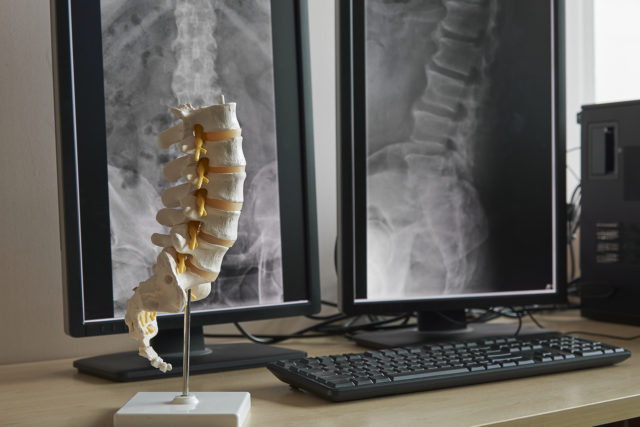
Degenerative disc disease (DDD) is a medical condition where one or more discs in the back lose strength. Despite the name, degenerative disc disease isn’t technically a disease but a progressive condition that worsens over time due to wear and tear, or injury.
The discs in your back are situated in between the vertebrae of the spine and act as cushions and shock absorbers. They help you stand up straight and move through everyday motions, such as bending over or twisting around. As people age, DDD can worsen and cause mild to extreme pain that can interfere with your everyday activities.
Symptoms of Degenerative Disc Disease
Some of the most common symptoms of degenerative disc disease include pain that:
- Primarily affects the lower back
- Could extend to legs and buttocks
- Stretches from neck to arms
- Can be worse from sitting
- Worsens after bending or twisting
- Comes and goes in a few days or extends to several months
People with DDD might exhibit less pain after walking or exercise. Additionally, DDD can cause weakened leg muscles and numbness in your arms or legs.
Causes of Degenerative Disc Disease
DDD is primarily caused by natural wear and tear of spinal discs. Over time, discs tend to dry out and lose their support and function, leading to pain and other symptoms. DDD can start developing in your 30s or 40s and progressively worsen as you age. However, the condition can also be caused by overuse from sports or repetitive activities, or injury. Once a disc is damaged, it can’t repair itself.
Risk Factors
Age is the major risk factor for degenerative disc disease. The discs in between the vertebrae often shrink down and lose their cushiony support as people age. Almost every adult above the age of 60 has some form of disc degeneration. However, not all cases cause pain.
Long-term repetitive activities that place a lot of pressure on certain discs can also increase your risk. Other risk factors include car accidents, overweight or obesity, and a sedentary lifestyle.
Diagnosis of DDD
An MRI can help detect degenerative disc disease. Your doctor may recommend this type of imaging test based on a physical exam or an investigation into your symptoms and health history. Imaging tests can reveal damaged discs and help rule out other triggers of pain. When you receive a diagnosis of DDD, it does not mean that you’re disabled or headed for a downward spiral of spinal degeneration. In fact, DDD is often a part of the natural aging process that we all go through at some point in life. And the good news is that you can mitigate the associated pain through a variety of treatment solutions, including massage therapy.
Massage Therapy Treatment for DDD
From a Massage Therapy point of view, the approach in treating DDD is to strike a balance between reducing muscle tension and enhancing traction (decompressing the targeted vertebral segments). Finding a “green zone” of treatment is critical since the spasms that occur through the neck or low back happen because the body is trying to protect that area. By applying slow, repetitive, methodical massage between soft tissue and joint mobilization (spinal decompression), massage therapy can help relieve pain and allow you to move easier and execute strengthening exercises efficiently.
Massage therapy generally helps in these three ways:
- Increasing Blood Flow and Circulation: Proper blood circulation ensures that critical nutrients flow back fully to the strained muscles and tissues. This makes the muscles/tissues stronger, helping relieve the strain coming from the degenerating discs.
- Decreasing Tension: The muscles can become tense as they struggle to compensate for the weakening discs. When these muscles are manipulated during the massage, they become relaxed, which improves the range of motion and flexibility.
- Increasing the “feel good” chemical: Massage therapy releases Endorphins, a mood-enhancing chemical that is released in the brain. This “feel good” chemical helps in reducing pain and enhancing recovery.
Prognosis Possibilities
Without treatment or therapy, DDD can gradually progress and cause more adverse symptoms. While surgery is a treatment option, other less invasive treatments such as massage therapy have been found to be just as helpful yet less costly. A clinical study involving a 66-year-old female patient with cervical degenerative disc disease in her lateral left facet joint recorded impressive outcomes. The patient was experiencing symptoms of severe neck pain accompanied by restricted cervical range of motion. She also exhibited radicular left shoulder and arm pain. The objective of the study was to determine the effect of therapeutic massage on the patient’s symptoms and impairments of cervical DDD.
After multiple treatment sessions, the patient’s symptoms had decreased and cervical ROM had moderately improved. There was also a reduction in reported pain and an improvement in functional daily activities. This is an indication that massage therapy is a favorable treatment intervention for DDD symptoms.
Bottom Line
Massage can help improve the symptoms associated with Degenerative Disc Disease for a prolonged duration of time as long as you continue to follow the maintenance schedule that your Massage Therapist lays out. Massage therapy typically reduces muscle strain, improves flexibility, and mitigates pain. However, you can achieve the best results by working in conjunction with other health care professionals. Keep open communication between your doctor and your massage therapist to ensure the best treatment.
To learn about becoming a massage therapist in Seattle contact one of the following local massage schools; Northwest Academy for the Healing Arts or Seattle Clinical Massage School
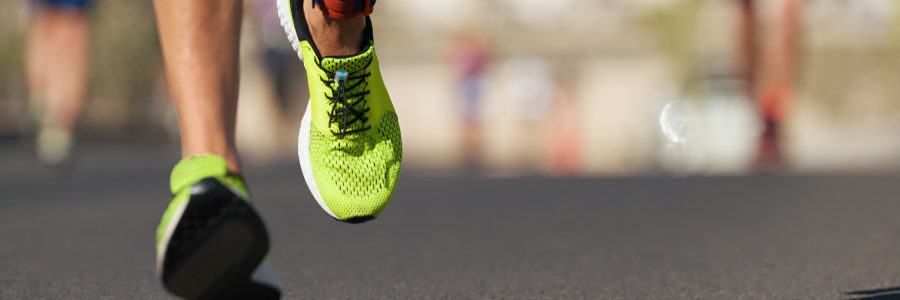
5 Tips to Starting a New Exercise Routine
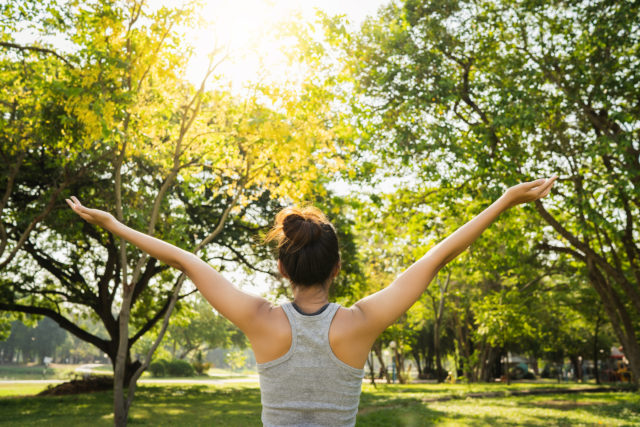 5 Tips to Starting a New Exercise Routine
5 Tips to Starting a New Exercise Routine
If you are in the health industry, you appreciate the value of maintaining a healthy lifestyle. Key among this is regular exercise. Regular spring exercises, in particular, ensure that the body remains motivated and fit for the season. There is no substitute for the feeling of being fit and in control. Even though the rewards are enviable, achieving them takes a lot of time, effort and patience – particularly during the early stages. Unfortunately, not everyone is blessed with these virtues. So, how do you poise yourself to have the best possible start to a new exercise routine?
The best way to go about it is to develop a plan that gets you moving gradually but surely. Remember that the body will experience unfamiliar and strenuous tensions and contractions. Therefore, it is important that the plan accommodates a recuperation procedure such as massage therapy. The following tips will ease you into your new exercise routine.
- Start from a low point and make gradual increments
A cautious start with slow progression will ensure that you do not over-strain the body leading to injury or excessive fatigue during spring exercises. Walking for several minutes is a great option to start and you can also incorporate it as part of your warm-up.
- Set uninterrupted timelines
You have to schedule your workout sessions to achieve maximum impact. Having regular timelines when you exercise creates a healthy loop that allows the body to recover and be ready for the next set of spring exercises. Failure to allocate a specific time will also leave you procrastinating – and we know how that ends.
- Have fun
Enjoying the exercise sessions ensures that your mind gets livened up and the workouts don’t feel like a chore. Ideally, join a group that encourages you or engage a personal trainer that optimizes your sessions. If you love music then select a playlist that you consider lively to keep you going.
- Eat healthily
It is great to accompany the exercises with a balanced diet. Start switching from junks to wholesome foods gradually. This will enable you to reach your objectives much quicker.
- Stay hydrated
Water should be available all through the time as you work out. You should hydrate frequently to replace the water your body will be losing through sweating.
Healthy living is a hot lifestyle trend. People are continually looking for ways to stay fit and healthy. Massage therapy is therefore a big opportunity – particularly in helping ease people into spring exercises. If you wish to incorporate additional training to your resume, massage therapy is the way to go. Not only is it fulfilling to help people achieve healthy living, it is also a marketable course that will boost your resume. At Northwest Academy will learn anatomy and physiology, kinesiology, massage theories and practices, pathology, first aid and CPR that will equip you to be a massage therapist. Contact us today for more details.

Massage Therapist: A Career That Travels
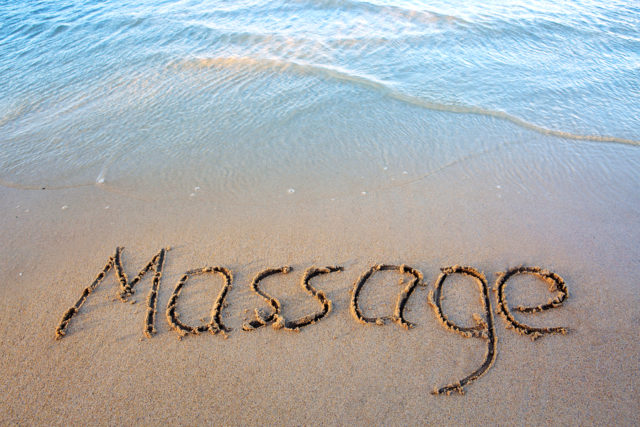 When it comes to a massage therapy career, the possibilities are endless. Massage therapists are able to work on cruises, in hospitals, in chiropractic centers, and even in airports. If you are someone who loves to travel, you may be wondering how you can incorporate your massage therapy career, and your love of traveling into one incredible life.
When it comes to a massage therapy career, the possibilities are endless. Massage therapists are able to work on cruises, in hospitals, in chiropractic centers, and even in airports. If you are someone who loves to travel, you may be wondering how you can incorporate your massage therapy career, and your love of traveling into one incredible life.
As a massage therapist, the world is your oyster. Not only can you help others relax and rehabilitate, you can also enjoy the exciting world of traveling as a massage therapist yourself. If you would like to find out how you can marry your two loves of travel and massage, check out some of the ways you can make your dream life a reality.
If the open sea is calling you, you might consider a massage therapy career aboard a luxury cruise liner. Along with helping vacationers relax and unwind, you can take in the beauty of some of the world’s most beautiful tropical destinations. Imagine yourself giving a world class massage to a couple who has just been married on day one, and then you could find yourself enjoying a beverage on a white sandy beach, overlooking the ocean on day two. This could be your every day life as a massage therapist, working on a cruise. Consider a massage therapy career and explore the possibilities yourself.
If you love traveling, massage therapy, and sports, you may consider starting your massage therapy career at an athletic training facility. You could be a massage therapist to one of your favorite athletes. You could travel from one stadium to another, providing relief and comfort to an athlete. If you want to work as a massage therapist in the Olympic field, you can make your dream a reality Many Olympians travel with their massage therapists to help them through grueling training sessions and competitions. While your client is busy working toward that gold metal, you may find yourself exploring the sites in China, South America, Canada, and more! This can be your reality with a massage therapy career.
If you are someone who prefers to be their own boss, you can choose where you would like to work. With the right marketing, you can open your services to various jobs, students, religious groups, and more. You can travel all over the country, and even the world, and offer world class massage therapy.
Do you love spas and resorts? If so, you might want to start your massage therapy career at a 5-star resort and spa. You could be just the person who helps an overworked executive begin to relax during their spa getaway. On your days off, you may find yourself looking at historical landmarks in Europe, or relaxing with a margarita on a beautiful beach in Mexico.
A massage therapy career can satisfy all areas of your life. If you are looking to incorporate massage therapy, and your love of traveling, into an exciting career, train to become a licensed massage therapist today. Your massage therapy career awaits.

Massage Therapy and Cardiovascular Health
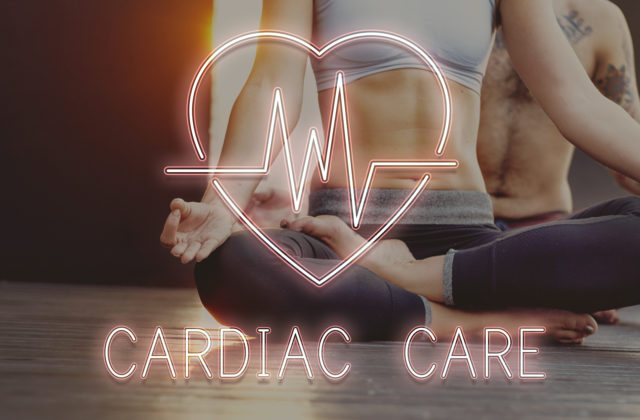
The Centers for Disease Control and Prevention reports that 1 in every 4 American deaths is directly related to heart disease. Conditions like coronary heart disease, cardiomyopathy, and other cardiovascular ailments kill over 600,000 people each year.
Massage therapy offers clients with cardiovascular issues many benefits that can help them improve their cardiovascular health and reduce their risk of stroke and heart attack.
What Contributes to Cardiovascular Disease?
There are three major factors that contribute to the development of heart disease.
These conditions are caused by structural abnormalities present at the time of birth.
- Viral infections
Myocarditis is damage to the heart due to certain viruses.
- Lifestyle Choices
Daily habits are currently the biggest contributor to heart disease.
- Smoking
- Poor diet
- Lack of exercise
- Diabetes
- Obesity
- Chronic stress
How Stress and Pain Affect the Heart
When a person experiences a painful or stressful event, the brain releases the hormones cortisol and adrenaline. These chemicals prepare the body to fight or run away from dangerous situations. The body responds by tensing muscles, shortening the breath, and increasing the heart rate.
This response, however, is only supposed to be short-term. Too much of these hormones can fatigue the body, especially the cardiovascular system. Without relief, long-term stress or chronic pain will weaken the heart muscle. Combined with less-than-healthy lifestyle choices, these factors can lead to heart disease.
How Massage Supports Cardiovascular Health
Massage therapy helps patients with cardiac issues address some of the factors that may be contributing to their condition. In conjunction with doctor-prescribed protocols, massage also helps patients manage some of the side effects of treatment.
- Induce states of physical and mental relaxation, which can help alleviate the effects of chronic stress and anxiety on the whole body.
- Loosen tight muscles and increase blood flow, which improves overall circulation and decreases the chances of stroke-causing clots.
- Alleviate chronic pain, which helps interrupt the brain’s “fight or flight” response.
- Reduce anxiety before or after surgical procedures.
Some common side effects from traditional drug therapies used to treat heart disease can be treated effectively with massage.
- Abdominal pain
- Headache
- Muscle aches
Precautions
While massage is generally safe and effective, there are some cautions to keep in mind when working with cardiac patients.
- Those on blood thinning drugs should avoid vigorous or deep tissue techniques, as these can cause bruising, inflammation, or tissue damage.
- Massage is not recommended for those with low blood pressure.
- Patients with a history of blood clots should avoid Swedish techniques.
- Therapists should avoid manipulating the area around pacemakers, stents, or other implanted devices.
- Patients with signs of congestive heart failure should start with short massages, and slowly work up to longer sessions, as tolerated.
Recent studies also who that consistent massage therapy can reduce blood pressure and heart rate. High blood pressure and rate are major factors in heart attack risk.
Patients who combine traditional medical treatments with massage techniques experience an increase in energy, physical relaxation, and mental focus. This can help them recover faster from surgical procedures, or avoid major cardiovascular events.
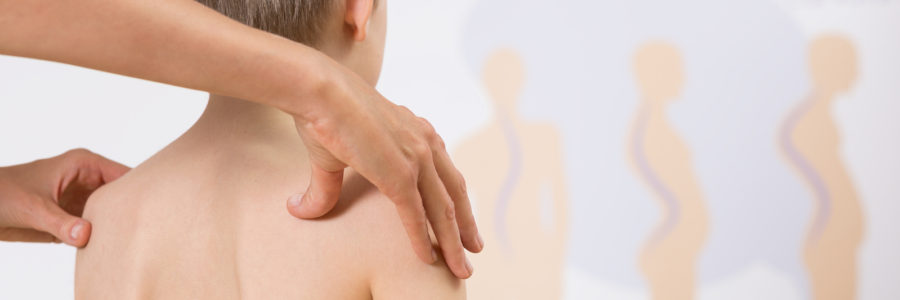
Scoliosis and Massage Therapy
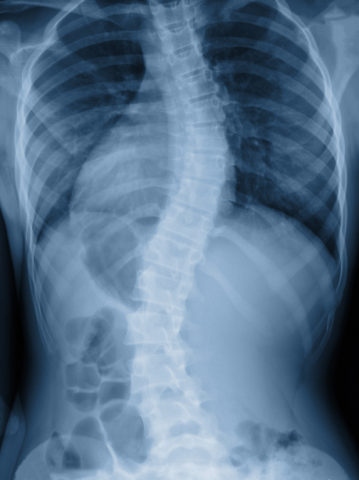
Over 30% of the American population has some form of scoliosis. You may have already helped clients who suffer from this condition in your regular bodywork or therapy practice. While traditional treatments vary, massage therapy is a safe addition to any client’s treatment plan.
What is Scoliosis?
Scoliosis is a condition of the spine. It causes the spine to curve left or right into a distinctive “S” or “C” shape. The spine compresses. This compression throws off the patient’s balance, and can contribute to a variety of health complications.
- Sore, painful muscles
- Difficult, stiff movement
- Hunch back
- Lung and heart problems
- Numbness
- Muscle weakness
If left untreated, the spine will continue to curve. This can lead to nerve, joint, and ligaments damage, as well as permanent disability.
What Causes Scoliosis?
Most scoliosis cases are classified as idiopathic. That means there is no known cause.
For about 20% of cases, doctors can point to a definite root condition. These cases are classified as structural or non-structural.
Structural scoliosis causes the spine to bend into a rigid curve that cannot be corrected. It is caused by underlying conditions like
- Cerebral palsy
- Muscular dystrophy
- Birth defects
- Tumors
- Infections
- Marfan’s or Down Syndrome, or similar genetic disorders
The spine of a patient suffering from non-structural scoliosis works normally. The characteristic curve is caused by injury, weakness, or illness of surrounding body parts. When the cause is treated, non-structural scoliosis generally disappears.
Scoliosis can also be developed while still in the womb. Congenital damage to growing vertebrae can cause the spine to curve, not divide properly, or not grow completely. Some patients with congenital scoliosis are not diagnosed until they are between the ages of 10 and 15. During this time, many children go through several growth spurts, which makes structural malformations more noticeable.
Degenerative scoliosis is caused by the wearing of joints and discs in adults. Their damaged joints cause the surrounding muscles to strain, which leads to a curved spine.
Massage Therapy for Scoliosis Patients
While scoliosis massage cannot correct curved or twisted bones, including the spine, it can help clients reduce pain and increase mobility.
- Massage relaxes muscles that are pulled out of place by shifted bone structures, which can significantly calm tight, uncomfortable sensations.
- Deep tissue techniques increase blood circulation and break up scar tissues, which makes it easier for patients to move freely.
- Patients who receive massage prior to chiropractic or neuromuscular therapies report better results from these treatments.
- Massage is known to soothe the mind as well as the body. A decrease in mental stress is linked to a better ability to deal with chronic pain issues.
Early and regular scoliosis massage therapy, in conjunction with standard medical treatments like exercise and the use of a brace, can help scoliosis patients avoid complicated surgeries.
There is no cure for scoliosis. However, it is highly manageable. The goal of treatment is to reduce the progression of spine curvature, reduce discomfort, and restore or improve mobility. Scoliosis Massage therapy can help your client achieve these goals more quickly than with standard treatments alone.





